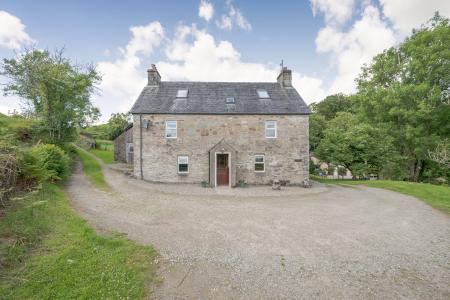
Many of the slabs carry similar carvings, including claymores and swords, often linked to interlaced foliage designs. Other symbols include animals and crosses, plus objects from daily life such as a comb and a set of shears. The latter symbol suggests that the deceased may have been a woman; the shears being a common symbol for domestic activity.
Templars at Kilmartin?
A popular yet unproven theory suggests that the Kilmartin carvings are linked in some way to the Knights Templar. This theory appears to be based on the style of swords carved on many of the slabs. The swords are much more likely to simply represent the social status of the deceased.
Many of the stones were the work of a group of sculptors working in the Loch Awe area through the 14th and 15th centuries. The carvers may have had a workshop at Kilmartin itself or in the surrounding area.
Included with the Kilmartin stones are several beautifully carved slabs from the Poltalloch Estate. The quality of the carvings is of the highest order, and the designs are similar to others in the West Highlands, such as Kilberry, Keills, and Kilmory Knap.
The two most important monuments at Kilmartin are not the grave slabs, however, but the so-called 'Kilmartin crosses', a pair of beautifully carved crosses, one dating from the 9th or 10th century, and the other of late medieval date. The Kilmartin Crosses have been moved inside the church for protection. The church is usually open from April - Sept. 9.30 am - 7.00 pm (except during services).
Just south down the glen are a profusion of prehistoric remains, including a linear cemetery, numerous standing stones, and several sites with cup and ring carved rocks.

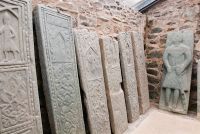

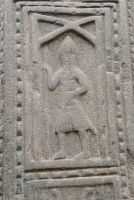
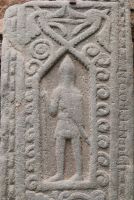
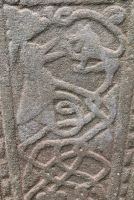




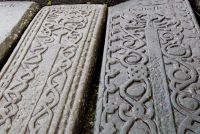

 We've 'tagged' this attraction information to help you find related historic attractions and learn more about major time periods mentioned.
We've 'tagged' this attraction information to help you find related historic attractions and learn more about major time periods mentioned.
